When Drones Were Simply Targets
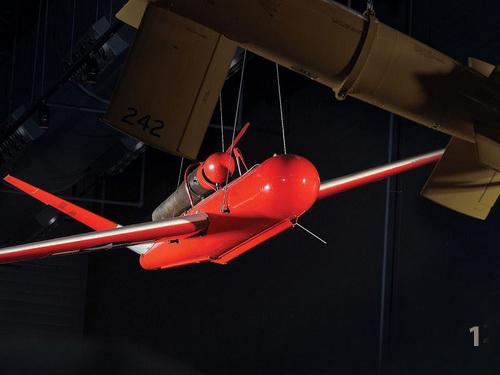
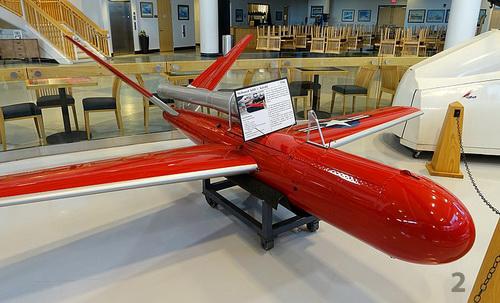
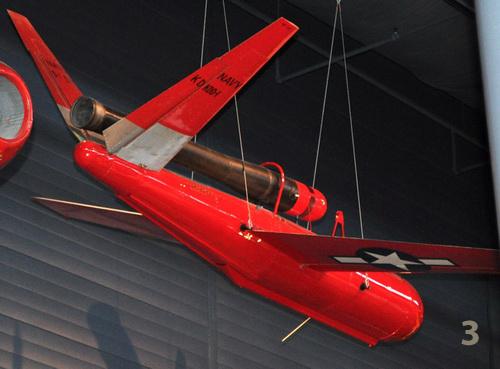
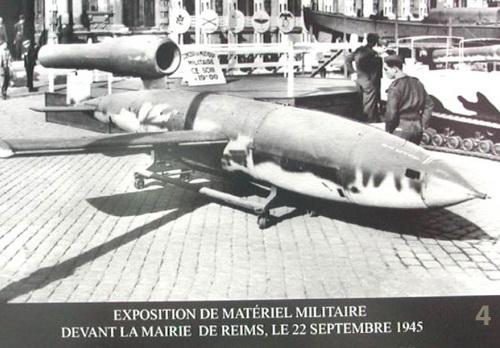
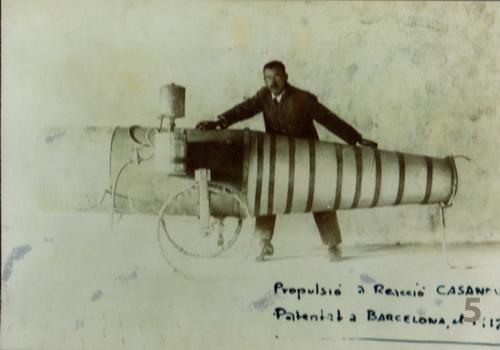
Wikipedia notes that the Katydid entered service in 1942, and that testing took place at the Naval Air Missile Test Center in Point Mugu, CA. According to records at the Udvar-hazy Center, Katydid was powered by a McDonnell XPJ40-MD-2 pulsejet, had a wingspan of 12 ft (3.7 m), length of 11 ft 2 in (3.40 m) and weighed 320 pounds (145 kg). This earliest American target drone represented the swan song of pulsejet engines in military drones, and the end of a German technological tradition most famously exemplified by the Buzz Bombs of WW2. The pulsejet power system faded from use because of its low specific impulse (total thrust per unit of fuel consumed). Katydid was a far cry from the sensor-laden, cloud-networked drones of today.
Photos:
1. Katydid KDH-1, Dane Penland – NASM, courtesy Air & Space magazine.
2. McDonnell KDD-1 Katydid target drone – Evergreen Aviation & Space Museum, McMinnville, Oregon.
3. KDD Katydid, Wikipedia.
4. V1 Buzz Bomb, Exposition De Materiel Militaire, Devant La Mairie De Reims, LE 22 Septembre 1945.
5. Ramon Casanova with the pulsejet engine he built and patented, 1917 (Wikipedia).
Thanks to CDR David Place (USN/Ret), davidplace47[at]gmail[dot]com, and Robin E. Alexander, President ATC, alexander technical[at]gmail[dot]com, for their assistance with this report, the background for which appeared in their # 20 - 13 - 27 JUNE 2020 edition of the UNMANNED SYSTEMS NEWS (USN).
David distributes the Unmanned Systems News (USN), a free, comprehensive newsletter in PDF format every week or two, as well as serial news flashes, from which this NREF news update was sourced. To be included in his distribution, simply send David a subscribe request to davidplace47[at]gmail[dot]com.
